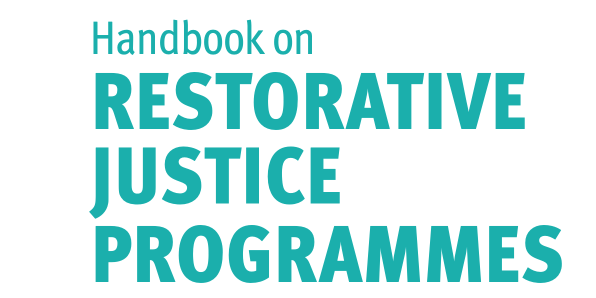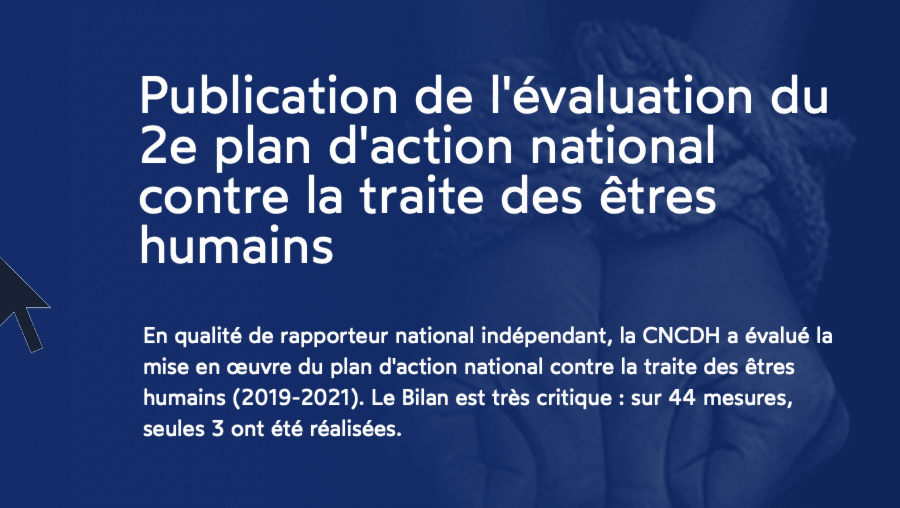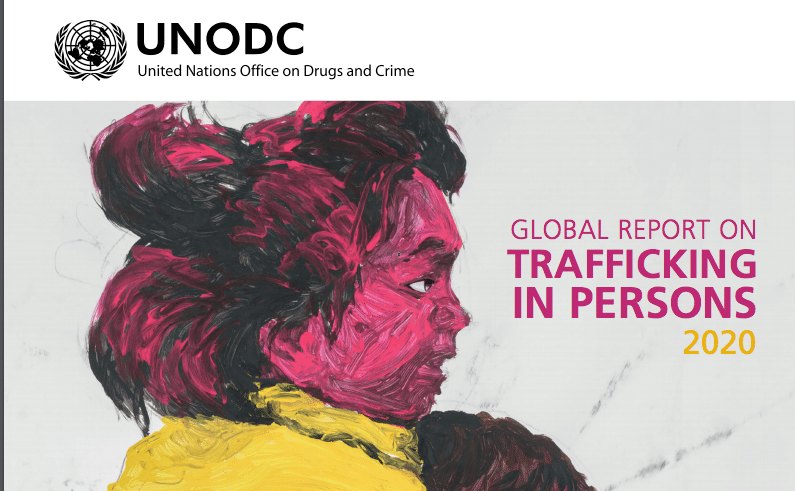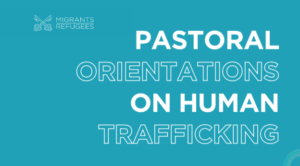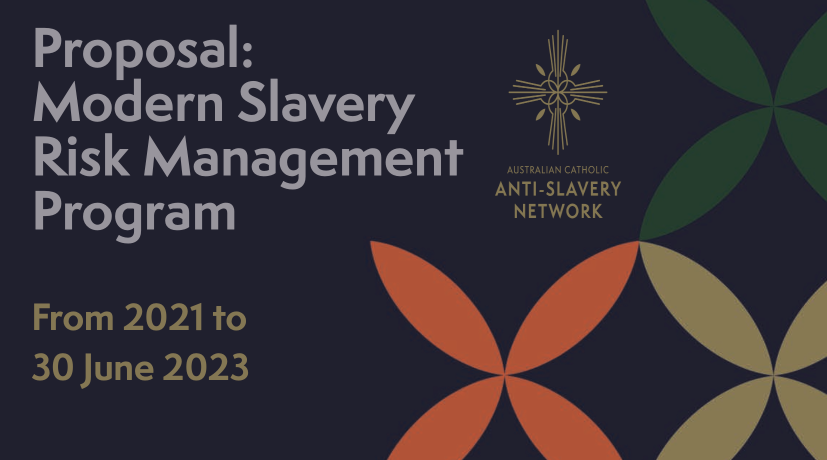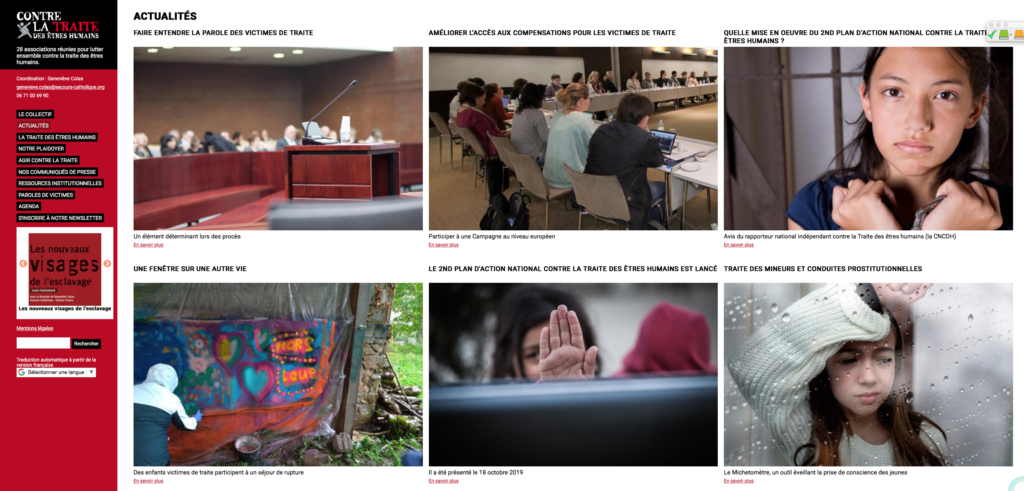Restorative justice is a flexible, participatory and problem-solving response to criminal behaviour, which can provide a complementary or an alternative path to justice. It can improve access to justice, particularly for victims of crime and vulnerable and marginalized populations, including in transitional justice contexts. Restorative justice has a great potential to contribute to the achievement of Sustainable Development Goal (SDG) 16 on providing access to justice for all and building effective, accountable and inclusive institutions at all levels.
Restorative justice is an approach that offers offenders, victims and the community an alternative pathway to justice. It promotes the safe participation of victims in resolving the situation and offers people who accept responsibility for the harm caused by their actions an opportunity to make themselves accountable to those they have harmed. It is based on the recognition that criminal behaviour not only violates the law, but also harms victims and the community. The literature offers many different definitions of restorative justice. This is due to the diverse and evolving nature of restorative justice approaches around the world. Some definitions place the emphasis on the participatory aspect of the process and on encounters and active participation through dialogue. Others stress restorative outcomes such as reparation, victim recovery and offender reintegration. However, most definitions agree on the following elements:
• A focus on the harm caused by criminal behaviour
• Voluntary participation by those most affected by the harm, including the victim, the perpetrator and, in some processes and practices, their supporters or family members, members of a community of interest and appropriate professionals
• Preparation of the parties and facilitation of the process by trained restorative practitioners
• Dialogue between the parties to arrive at a mutual understanding of what happened and its consequences and an agreement on what should be done
• Outcomes of the restorative process vary and may include an expression of remorse and acknowledgement of responsibility by the perpetrator and a commitment to do some reparative action for the victim or for the community
• An offer of support to the victim to aid recovery and to the perpetrator to aid reintegration and desistance from further acts of harm

